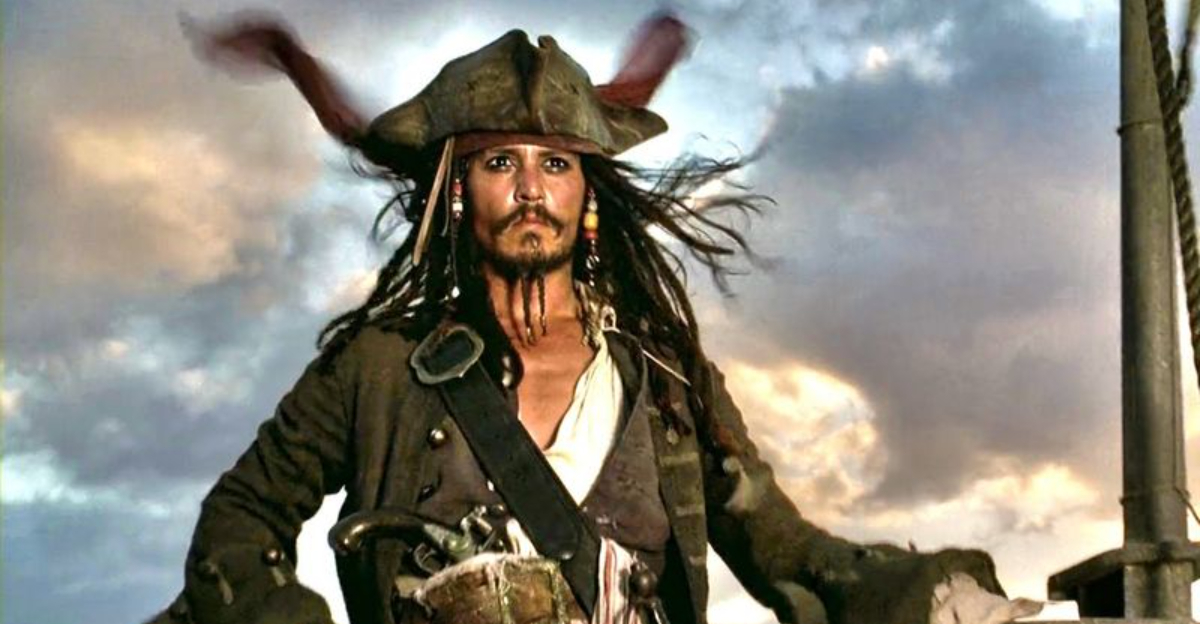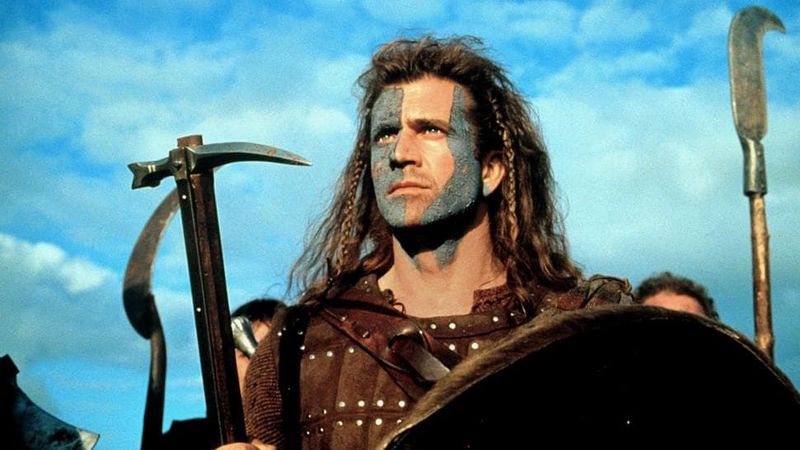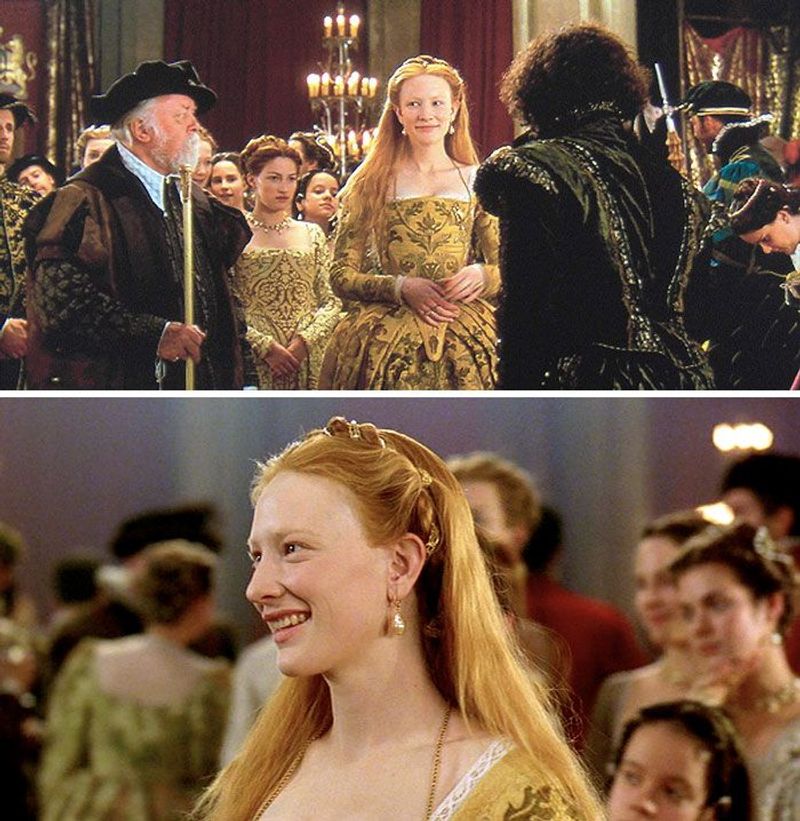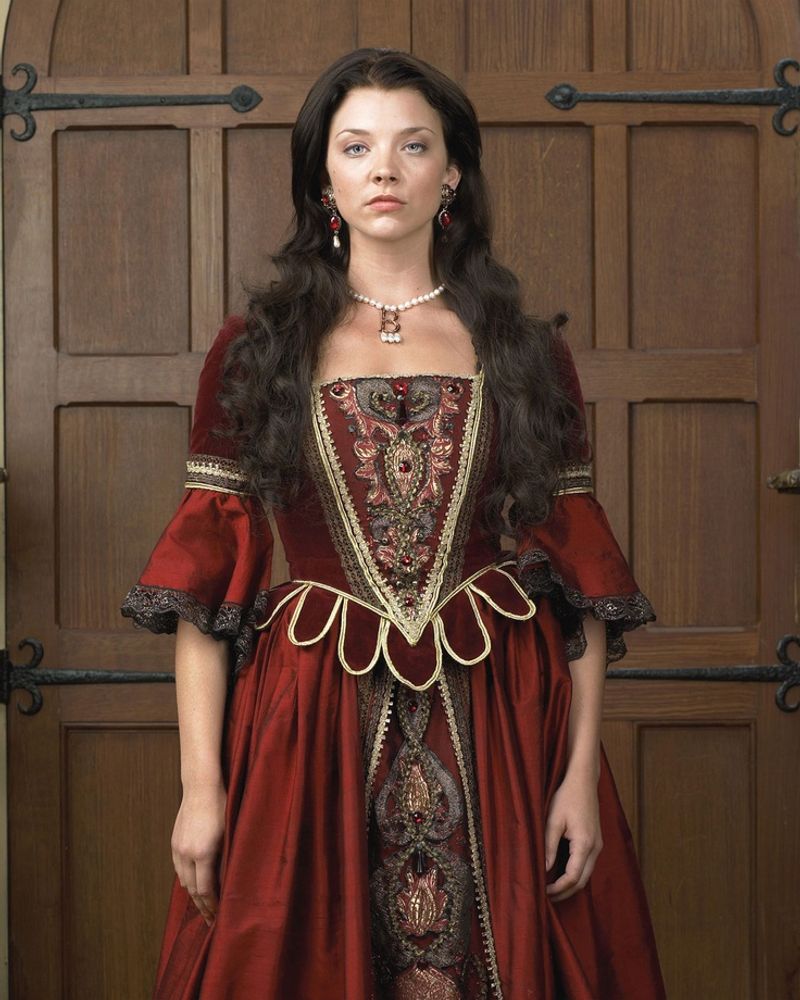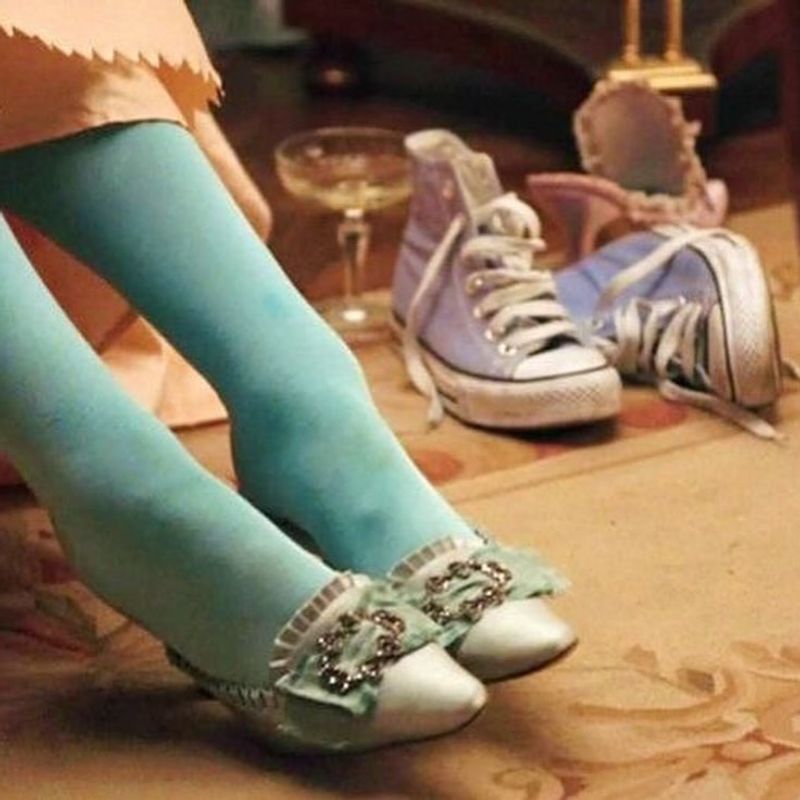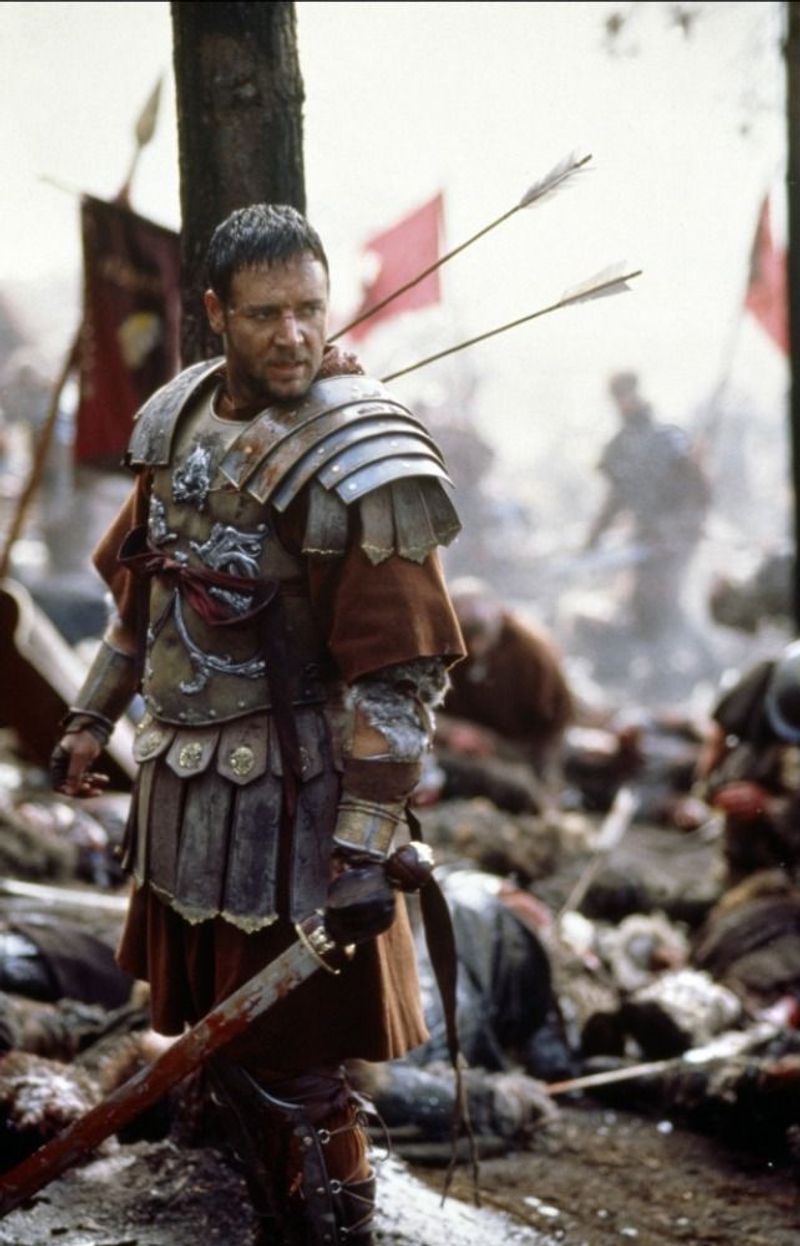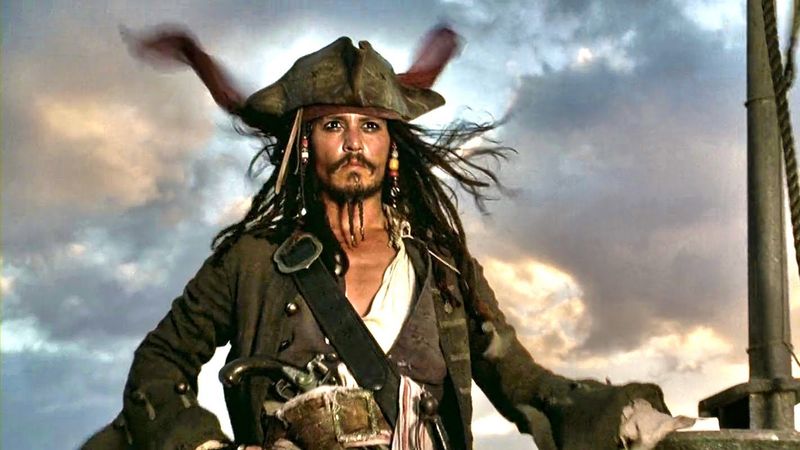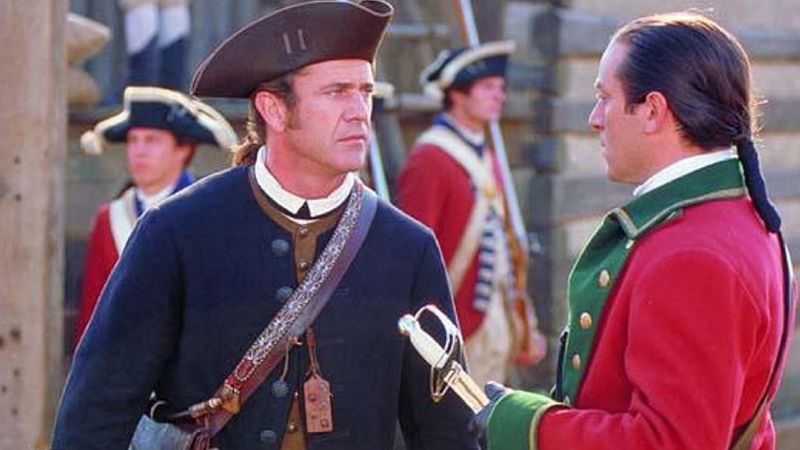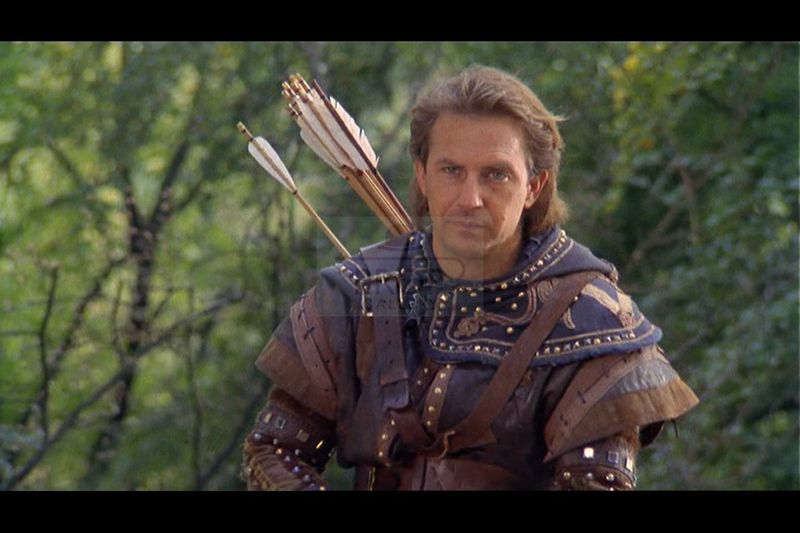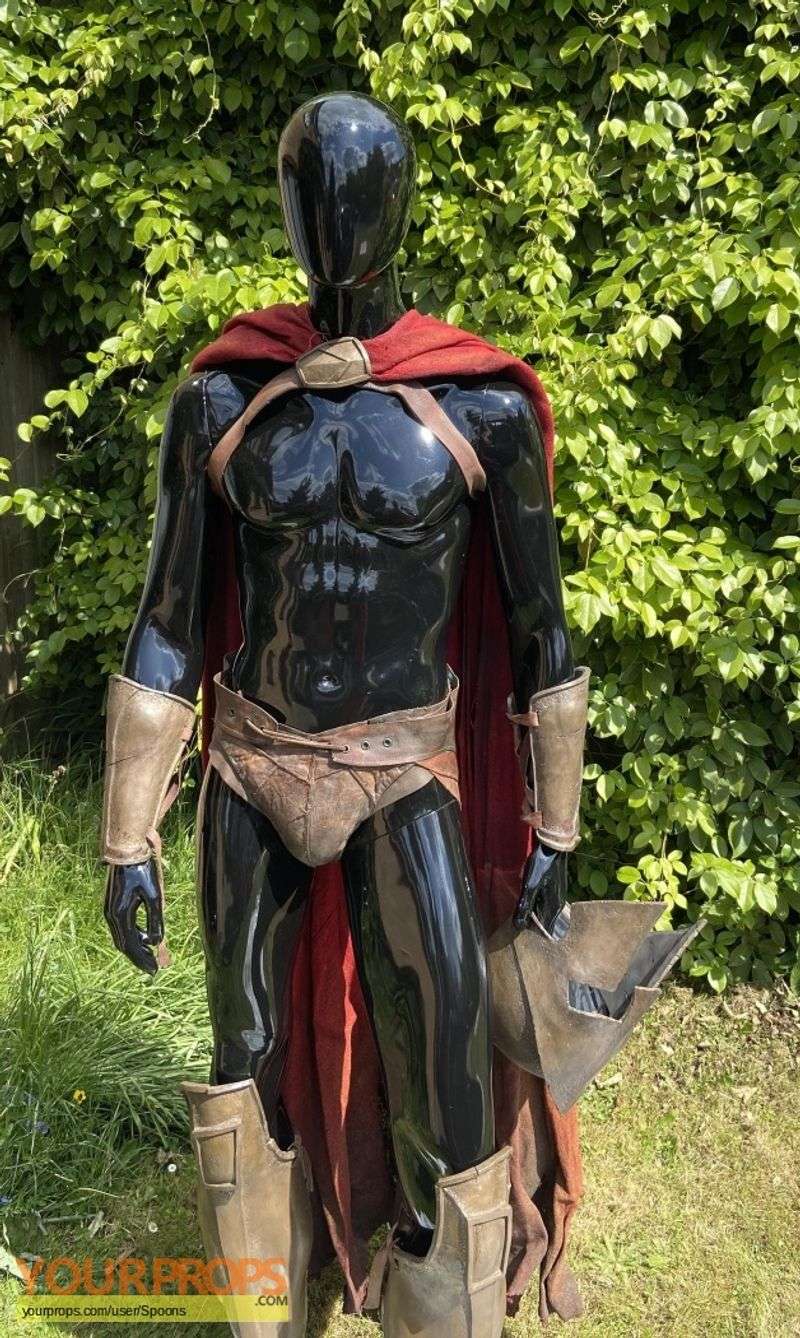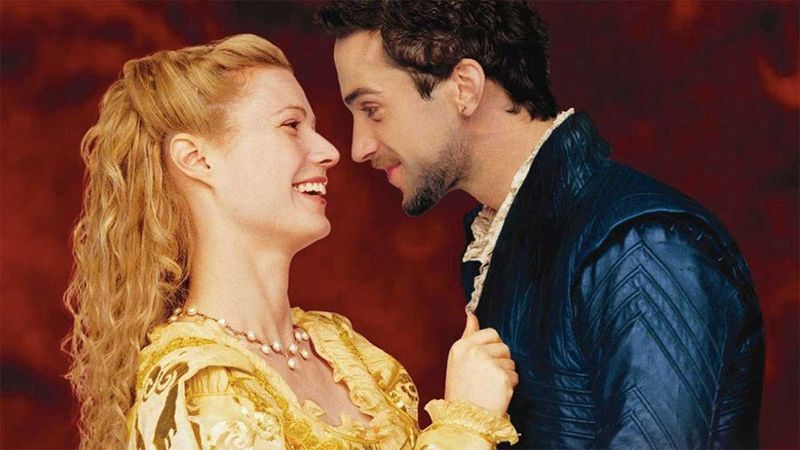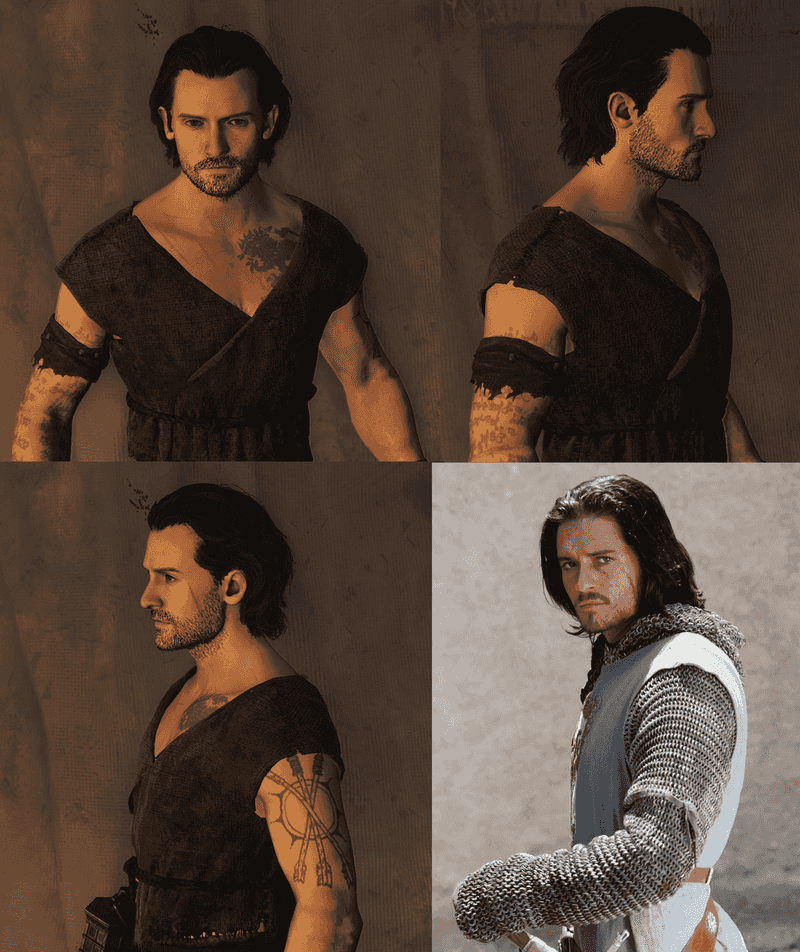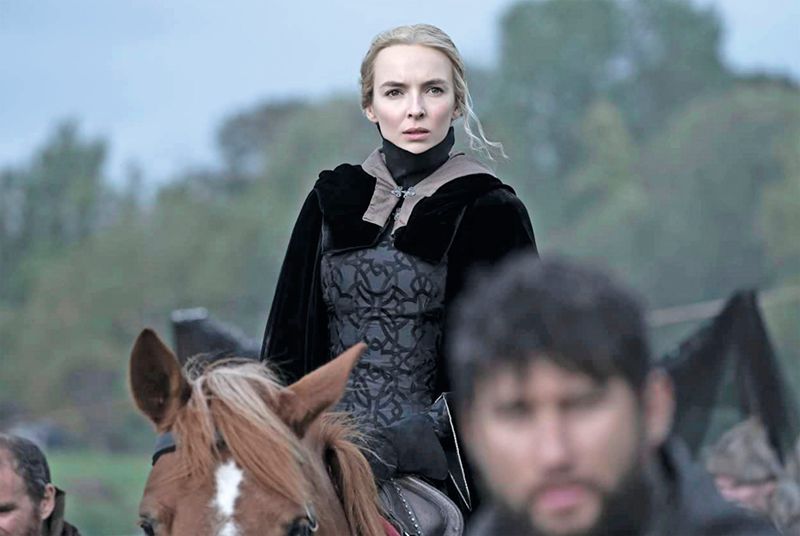High-budget historical dramas often aim to transport viewers to a different era, yet even with meticulous attention to detail, costume inaccuracies can slip through. From kilts in medieval Scotland to modern sneakers in Versailles, these 12 films showcase notable anachronisms that left audiences with raised eyebrows. Despite generous budgets, these mistakes serve as reminders of the challenges in achieving true authenticity in period pieces.
1. Braveheart (1995) – Kilts in the 13th Century?
Braveheart stirs excitement with its epic battles and iconic speeches. However, the film’s portrayal of Mel Gibson’s William Wallace in a kilt is historically misleading. Kilts didn’t become a Scottish wardrobe staple until the 16th century, making this portrayal anachronistic by 300 years. Adding to this inaccuracy is the use of blue face paint, reminiscent of ancient Picts. While it creates a striking visual, historians argue that real Picts used woad sparingly, and not for battle. This creative liberty, though engaging, detaches viewers from true historical authenticity. The film’s appeal endures, but factual deviations are evident.
2. Elizabeth (1998) – Zippers in the Tudor Era?
Elizabeth captures the grandeur of the Tudor court, yet a closer look reveals modern intrusions. In one scene, a background extra flaunts a zipper, a stark anachronism as the zipper wouldn’t exist until centuries later. This oversight disrupts the illusion of a 16th-century setting. Cate Blanchett’s corsets, another point of contention, are overly structured and don’t reflect the softer, less rigid designs of the time. Such embellishments, while visually striking, compromise historical accuracy. Despite these lapses, the film succeeds in portraying the drama and intrigue of Elizabethan politics, with Blanchett’s performance remaining a standout.
3. The Tudors (2007-2010) – Anne Boleyn’s Sexy Corset
The Tudors dazzles with opulence and scandal, but not without historical liberties. Natalie Dormer’s Anne Boleyn wears corsets that accentuate her figure, which contrasts sharply with the period’s stiff, conical shapes designed to flatten the bust. Such modern interpretations, while appealing, deviate from historical norms. Jonathan Rhys Meyers’ portrayal of Henry VIII in leather pants further strays from tradition, as such attire wasn’t part of the 1500s fashion. The series captivates with its tumultuous royal intrigues, yet these anachronisms remind us of the delicate balance between drama and authenticity in historical storytelling.
4. Marie Antoinette (2006) – Converse Sneakers in Versailles
Marie Antoinette presents a vibrant, punk-rock vision of the French court, yet not without historical hiccups. A blink-and-you’ll-miss-it moment reveals bright pink Converse sneakers among the lavish 18th-century footwear. This playful anachronism jolts viewers from the period setting. Additionally, the film’s pastel palette echoes modern sensibilities rather than the opulence of Marie’s actual wardrobe. Sofia Coppola’s stylistic choices, though intentional, blur the lines between historical accuracy and creative expression. These elements offer a fresh perspective on the infamous queen, yet they leave history buffs yearning for more precision.
5. Gladiator (2000) – Leather Armor Overload
Gladiator thrills with its epic storytelling and intense combat scenes but stumbles in its depiction of Roman armor. Russell Crowe’s Maximus dons leather armor, a creative choice far removed from the era’s steel and bronze defenses. This deviation extends to the exaggerated lengths of his pteruges—leather strips that hang impractically long. Such artistic liberties, while visually dramatic, stray from historical reality. The film’s grandeur and gripping narrative captivate audiences, yet these costuming choices highlight the challenges filmmakers face in balancing authenticity with cinematic flair. Gladiator remains a favorite, despite its costume inaccuracies.
6. Pirates of the Caribbean (2003-2017) – Jack Sparrow’s Anachronistic Look
Jack Sparrow, with his eccentric style, defines Pirates of the Caribbean, yet his attire is a historical amalgamation. Johnny Depp’s portrayal includes dreadlocks and multiple belts—a flamboyant mix of 18th and 19th-century fashion elements. Such creative choices, while iconic, clash with period accuracy. Elizabeth Swann’s tight corsets further the anachronisms, as historical versions were designed for practicality, not fashion. These deviations, though playful, detract from the film’s period setting. Yet, the series’ adventurous spirit and memorable characters continue to charm audiences, overshadowing the discrepancies in costume design.
7. The Patriot (2000) – Mel Gibson’s Modern Shirt
The Patriot offers a gripping Revolutionary War narrative, yet its costume design falls short of historical fidelity. Mel Gibson’s character, Benjamin Martin, is seen in a button-down shirt featuring a modern collar—an anachronism, as this style emerged in the 19th century. The British officers’ uniforms, too pristine for wartime, further disrupt the era’s authenticity. Despite these missteps, the film’s drama and action retain viewer engagement. These costume choices, though jarring to history enthusiasts, underscore the challenges of aligning cinematic vision with historical accuracy. The Patriot’s storytelling prowess remains its strongest suit.
8. Robin Hood: Prince of Thieves (1991) – Kevin Costner’s Lack of Tights
Robin Hood: Prince of Thieves reimagines the legendary outlaw with adventure and flair, but its costuming strays from tradition. Kevin Costner’s Robin Hood avoids the classic tights, opting instead for baggy pants and a vest—a departure more aligned with 1990s fashion trends. The costumes, reminiscent of Renaissance fair attire, further distance the film from its 12th-century setting. These stylistic choices, while unique, clash with historical expectations. The film’s charm lies in its storytelling and action, yet the costume liberties remind viewers of the delicate balance between creativity and historical representation.
9. *300* (2006) – Abs, Capes, and No Armor
300 captivates with its stylized portrayal of Spartan valor, yet it diverges from historical truths in costuming. The Spartans, shown in little more than capes and loincloths, contradict historical records of bronze breastplates and helmets. This artistic choice, emphasizing physical prowess, sacrifices authenticity for visual impact. Additionally, the Persian costumes veer into fantasy, bearing little resemblance to historical armaments. While these decisions enhance the film’s aesthetic and thematic intensity, they distance it from factual representation. Despite these costume inaccuracies, 300’s bold visual style and compelling narrative maintain its status as a cinematic spectacle.
10. Shakespeare in Love (1998) – Gwyneth’s Blonde Hair
Shakespeare in Love captivates with romance and wit, but its costuming strays from Elizabethan norms. Gwyneth Paltrow’s Viola sports loose, flowing blonde hair—a stark contrast to the era’s tradition of women wearing their hair up and covered in public. This deviation, though visually appealing, detracts from historical accuracy. The corsets, once again, are overly sensualized, aligning more with modern perceptions than period reality. Despite these anachronisms, the film’s charm lies in its compelling narrative and vibrant performances. The costume liberties, while notable, do not overshadow the film’s success in capturing the essence of Shakespeare’s world.
11. Kingdom of Heaven (2005) – Orlando Bloom’s Blacksmith Fantasy
Kingdom of Heaven unfolds the Crusades with epic scope, yet costume choices disrupt historical immersion. Orlando Bloom’s Balian, depicted in a leather apron and rolled-up sleeves, contrasts with the thick wool and linen historically worn by blacksmiths for protection. This stylized depiction prioritizes aesthetic over practicality. Eva Green’s translucent veils further the anachronistic narrative, resembling a 19th-century harem rather than Crusader-era fashion. Despite these inaccuracies, the film’s grandeur and thematic depth captivate audiences. These costume liberties, although creative, highlight the challenges in blending historical accuracy with cinematic vision.
12. The Last Duel (2021) – Jodie Comer’s Perfectly Bleached Teeth
The Last Duel strives for historical accuracy, yet modern details slip through. Jodie Comer’s pristine white teeth stand out, anachronistic amidst the medieval setting. In an era when dental hygiene was rudimentary, such details disrupt the film’s authenticity. The meticulously polished armor also contrasts with the gritty reality of 14th-century warfare. Despite these oversights, the film’s compelling narrative and intense performances engage viewers. The costume and detail liberties, while minor, serve as reminders of the intricate balance between historical depiction and modern sensibilities in filmmaking. The Last Duel’s strength lies in its storytelling and thematic exploration.
